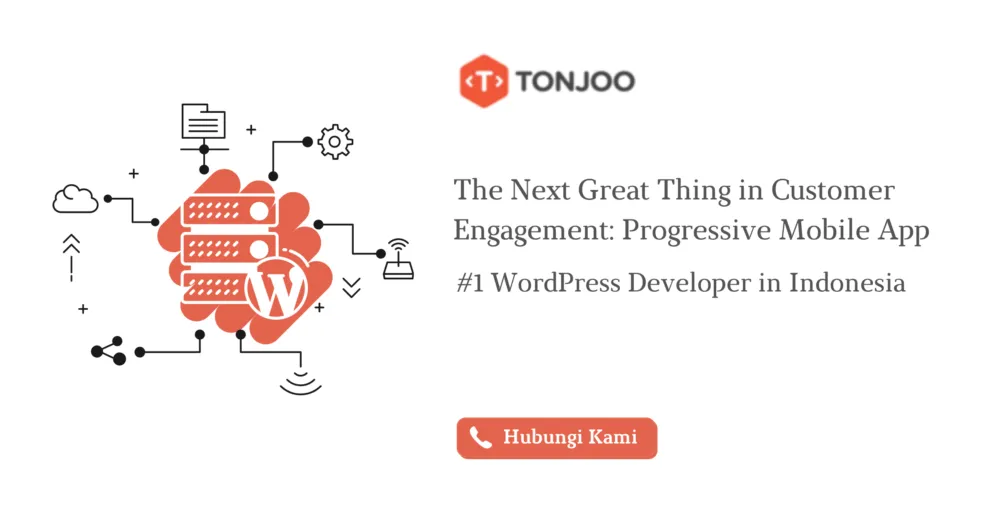In this era, doing business is not simply as it looks. Having best products, cool logo, memorable tagline, or something uncommon is not enough to engage your customers. You need to reach out your customers. You need to talk with your customers personally and routinely about their life and how you can be a help to improve their life.
Thanks to the 1990s that brought the wave of internet to us. It makes things possible to do. Websites are flourished. Whether it is for shopping online or simply looking for business’ address or phone number, people will check it first on the internet. Therefore, developing an online presence through a website will be the most valuable assets for customer engagement.
Gone are the days after the glory of the websites, we come to the era of smartphones. Thus, businesses are more likely to target the mobile users. While websites are trying to adopt with the mobile users with responsive design, the users’ expectation are also increased. Users are not willing to have pain by remembering or typing website address to simply make an order, finish the transaction, or give complaints.
Luckily, apps come to this digital era. Apps offer rich functionality, immersive experience, and also offline interactivity. Something that a website can’t give. In short, apps turn into users’ new sweetheart and businesses’ goldrush. Apps for everything, apps for everyone.
Now, let us take a moment to think the apps in our smartphones. How many apps you have been downloaded this month? No apps?
Like all the goldrushes, apps are expectedly near to the end. Nine years after app store initiated, some researches show that customers download 0 apps per month. Mobile users suffer from what is called ‘app – fatigue.’ We are all experiencing the fatigue of downloading, installing, and having hit a ceiling because apps takes valuable storage on our device.
Online presence is still being a great way for marketing. However, websites and mobile apps are no longer effective options for user engagement. What should the business do?
Sit tight. Let us introduce you to the new kid on the block. The kid who is ready to steal the limelight: Progressive Web Apps.
Technically, Progressive Web Apps (PWA) is a modern apps with web components. It is developed as simply as we use the web technologies, but it will act and feel like a native apps. In simpler terms, progressive web apps marry the immersive experience on mobile with the ease of a website.
Progressive Web Apps technology is more likely to be the future of both websites and mobile apps because it is a win – win solution for both users and businesses. With PWA, users are not only delighted by the app experience. PWA also makes a website loads faster and runs smoothly even in an uncertain internet connection. More than that, PWA are also compatible across all device specifications from high-end gadget to the low-end one.
If we go a little bit deeper from business perspective, PWA is also the silver bullet to save the cost of developing an app. As PWA is developed with web components, it is simpler to develop than native apps. It is also easy to be distributed and maintained. You no longer need to deal with the approval overlords who can be as exhausting as airport security. Once it is developed and going live, you take control how it goes.
One more special things about PWA to be the next user engagement is its ability to send push notifications. With this feature, you can always say hello and engage your customers through SMS, email, or simply a phone notification. You can always access to them personally and regularly.
Now, Google, Apple, and Microsoft are preparing themselves to the transition into PWA. How ready are you for this next great thing in customer engagement?
***
















